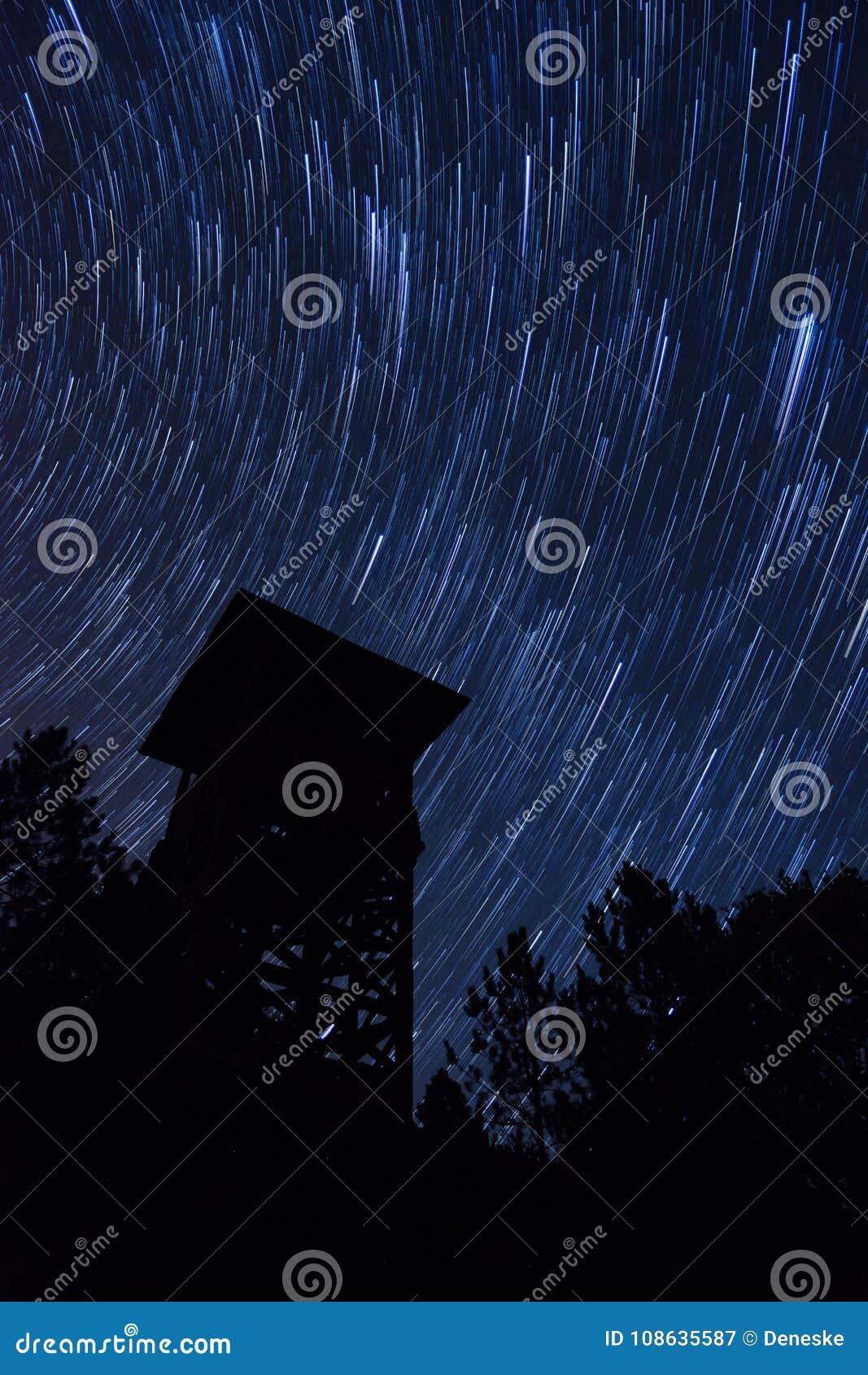

- #Startrail naturals manual
- #Startrail naturals full
- #Startrail naturals iso
- #Startrail naturals plus
Once it’s dark, locate the North or South Celestial Pole (depending on where you’re located). On our first expedition, we spent the afternoon locating a remote beach facing the open sea, about 100 kms from the city. Next, find a location far away from city lights and facing either north (if you’re in the Northern Hemisphere) or south (if you’re Down Under). Intermittent clouds will produce equally intermittent star trails! Check in the local paper for the moonrise and phase information and make sure there’s little or no cloud cover. Even slight moonlight will lower the contrast between the night sky and the stars.
#Startrail naturals full
+ 2 full power flashes from SB16 flash unitįirst of all, pick a really dark night with no moon at all (at least while you’re out photographing). To serious astrophotographers, this technique is a gimmick and not high on their agenda, but to the rest of us, it can make some interesting and highly creative images. The principle behind star trail photography is to leave the shutter of the camera open long enough to capture this phenomenon. Those who believe the Earth rotates will easily understand that the apparent position of the stars in the sky changes throughout the night. As final preparation, pack a few extras–for example, a small torch (flashlight), a battery-powered flash, a stopwatch that can be read in the dark, a lens cleaning rag (to use when condensation sets in), a notepad and pen, warm clothing, liquid refreshment, food, and a good book. Before setting out, check that your lens or lenses focus perfectly to infinity wide open. Moonlight photography, on the other hand, is not as dependent on the lens’ maximum aperture, since the exposure time can be extended to ensure ideal exposure on the film.Īlso, remember that at night it is extremely difficult to compose your image in the camera, so a high-speed lens is virtually a necessity.
#Startrail naturals iso
As a rough guide, here are the maximum apertures suitable to photograph star trails: 50 ISO f1.4 100 ISO f2 400 ISO f4 1600 ISO f8. My favorite lens is a 24mm f2, which wide-open still has sufficient depth of field to render the foreground moderately sharp as well as the stars. This rules out the majority of amateur zoom lenses, as do the lenses themselves, as they tend not to “hold” focus for long exposures without the help of a little gaffa-tape. a maximum aperture of f2 or f2.8 is ideal. The basic rule is “the faster the better” – i.e. Lenses are another critical component in the success of star and moonlight photography. In an average night, expect to shoot no more than a half dozen frames on each body. Of course, you’ll need tripods for each of them, and cable releases aren’t a bad idea, either. The reason for this is the necessary length of exposure and, therefore, the small number of images that can be taken in one night if you’re limited to one camera.
#Startrail naturals manual
Manual exposure is generally best and a minimum of two cameras is recommended while having three or four would be even better. Next, you’ll need to decide on your equipment. Selecting Equipment for Moonlight Photography I also recommend Fujichrome film (Provia 100 and Velvia) when shooting transparency, as its reciprocity characteristics are generally less of a problem than Kodak and Agfa.įor high-speed transparency use, Fujichrome 1600 works well, but is not only expensive but also tricky to expose correctly. If you must use negative film, this film is virtually foolproof, provided the professionals in your minilab know what they’re doing.
#Startrail naturals plus
Of particular note is the Fuji Super G Plus 800 often used by press photographers – famous for its saturation and fine grain. Contrary to this, 50 and 100 ISO, due to less grain and lower contrast, will be a safer and more reliable choice.įor you film buffs (check around, you may still find them), color negative films lack the sharpness and clarity of transparency emulsions, although they’re a safer bet in terms of exposure latitude. It seems natural to initially assume that a high ISO or high-speed film is the obvious choice for both forms of nighttime photography. Moonlight Clouds 20 mins f2, 24mm f2 lens. Having recently participated in both forms of nocturnal image-making with my partner, Czesia (whose images appear with this article), I will endeavor to provide an overall view for the budding experimental photographer. Interestingly enough, the similarity ends there.

After all, they both take place after dark, plus they require extremely long exposures and appropriate entertainment to ward off boredom. To the casual observer, star and moonlight photography have much in common.


 0 kommentar(er)
0 kommentar(er)
